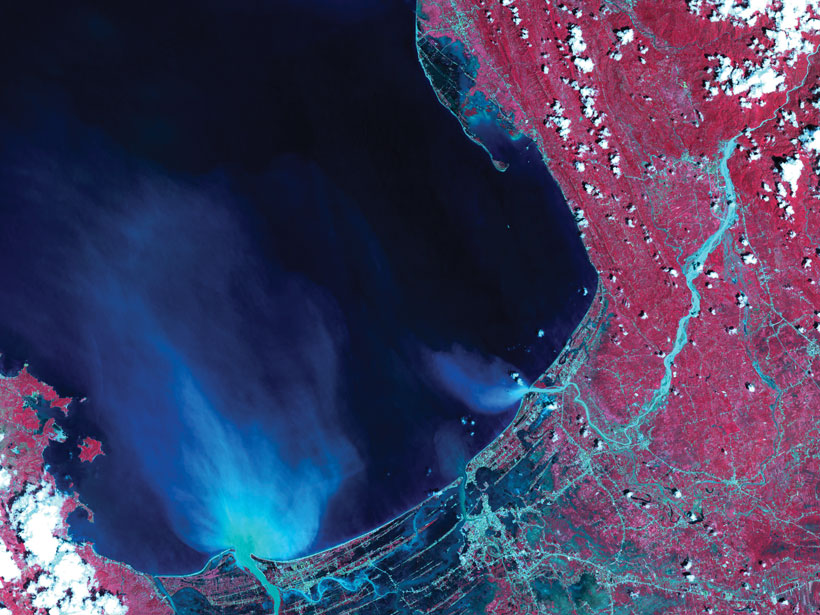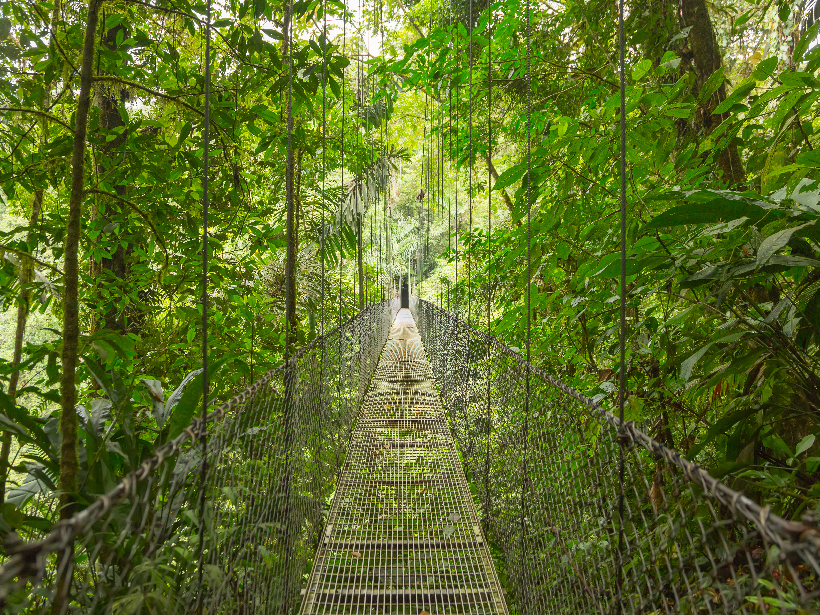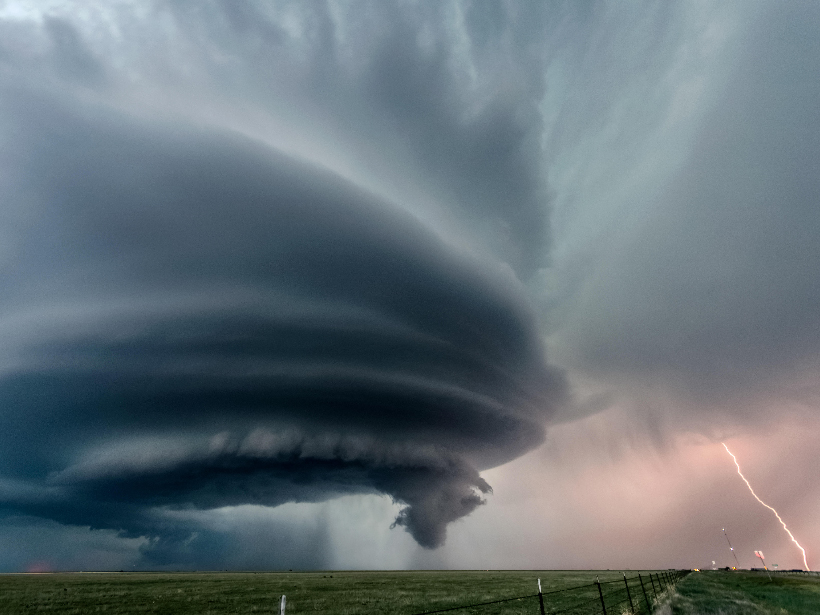As Earth and space scientists gather this December for AGU’s annual Fall Meeting, Eos looks at the ways in which the community is reimagining itself to create a more diverse and adaptable future.
Heather Goss
Heather Goss is the Publisher of Eos and Senior Director of Strategic Communications and Marketing for AGU. She served as Editor in Chief of Eos from 2018 to 2022; during her tenure, she established the Science Adviser panel comprised of AGU members representing disciplines across Earth and space science. Heather won the 2022 Award for Distinguished Science Journalism from the American Meteorological Society for “Lightning Research Flashes Forward.”
Previously, Heather was a science editor at the Smithsonian Institution, managing editor of Washington, D.C., local news publication DCist, and an attorney. She also founded the 501(c)(3) arts organization Exposed DC.
Next Steps for the Critical Zone
In October, Eos examines a pivotal point for a field of science that’s starting to make a name for itself.
Bringing Satellite Observations Down to Earth
This month’s issue of Eos shows how scientists can sometimes get a better look at something by stepping far—much, much farther—away.
The Rise of Machine Learning
Our August issue explores the way we process, analyze, and clearly present the massive amounts of information collected by scientists today.
A Dive into the Deep Earth
In July, Eos looks at the incredible capabilities scientists have developed to recreate the enormous pressures and temperatures that exist far below the planet’s surface.
A Whole World View
Scientists are dedicated to understanding the complexities of the Earth’s carbon cycle—and how our actions can throw it off.
Lightning Research Flashes Forward
A greater understanding of lightning mechanisms is spurring the development of more accurate weather forecasting, increased public health precautions, and a more sophisticated understanding of lightning itself.
Investigating the Spark
In May, we look at lightning—what it tells us about dangerous weather, how to find it on other planets, and what we might learn if we get all that data in one place.
Deepwater Horizon’s Legacy of Science
The biggest oil spill in history resulted in billions of dollars in settlements—and a massive scientific movement.
The Threat at Thwaites
This Antarctic glacier is rapidly losing mass. An international team is digging into the ice to figure out just how bad it is.










